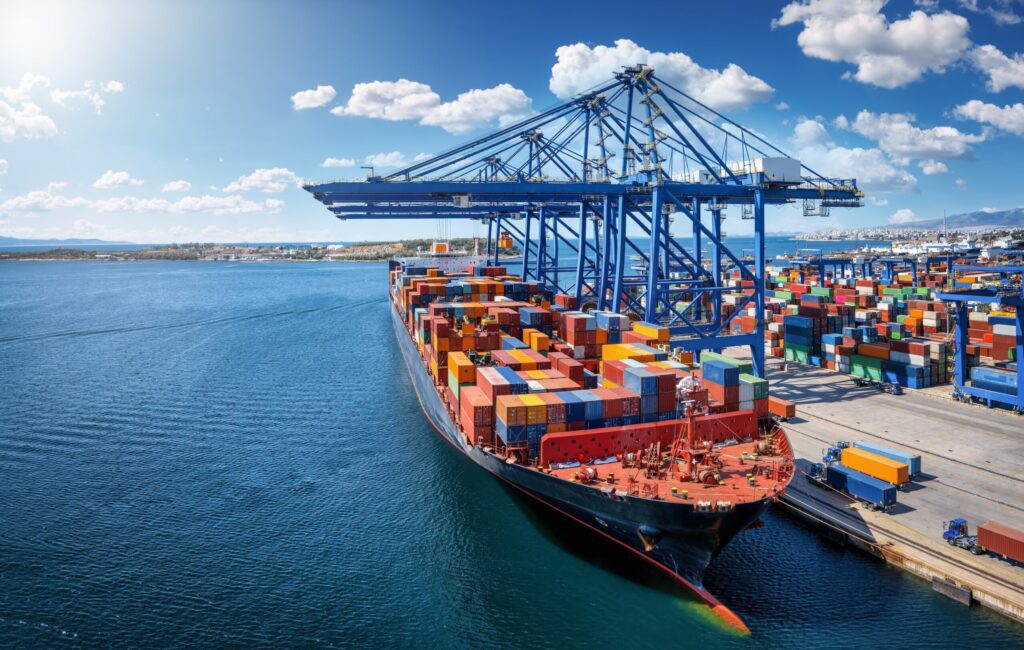Global container freight rates are showing signs of stability after months of tariff-driven swings, though industry forecasts warn of sharp declines ahead.
Read also: Container Shipping Faces Overcapacity Crunch Until 2028
Drewry’s World Container Index fell 3% this week to $2,350 per 40-foot container, marking a ninth straight weekly drop. The market has been turbulent since U.S. tariff announcements in April sent rates soaring from May through early June before a steep decline into mid-July. Now, that downward slide is losing momentum as spot rate volatility eases.
Transpacific lanes were particularly soft this week: Shanghai–Los Angeles rates slipped 2% to $2,494 per FEU, while Shanghai–New York dropped 5% to $3,638 per FEU. Drewry analysts expect the calmer trend to continue in the near term, noting that the pre-tariff shipping rush has largely passed.
This stabilization follows a major surge in U.S. imports in July 2025. Descartes reported container volumes rose 18.2% month-over-month, reaching the second-highest level on record. Shipments from China led the increase, jumping 44.4% from June and lifting its share of total U.S. imports to 35.2%, up from 28.8%.
“July’s spike highlights how U.S. tariff policy—not just seasonal cycles—is shaping container trade,” said Jackson Wood, Director of Industry Strategy at Descartes.
Still, the outlook for the second half of 2025 is grim. Drewry’s Container Forecaster projects weakening supply-demand balance and further rate contractions. Analysts cite uncertainty around Trump administration tariffs and potential penalties on Chinese ships as key risks.
The National Retail Federation expects U.S. container imports to end 2025 down 5.6% from last year, despite growth of 3.7% in the first half. Forecasts show steep year-over-year declines: 5% in August, 19.5% in September, 18.9% in October, 21.1% in November, and 19.3% in December. November’s projected total of 1.71 million TEUs would mark the lowest monthly volume since April 2023.
Industry analyst John McCown warned the downturn could ripple through the broader economy. “These nonsensical tariffs and blunt USTR ship fees are an attack on trade itself,” he told gCaptain. “The big declines that are coming can’t help but reduce growth.”
Key trade deadlines are adding to the uncertainty: the August 29 repeal of the de minimis exemption, the October 15 expiration of the U.S.–China tariff truce, and new reciprocal tariffs affecting over 60 countries.

